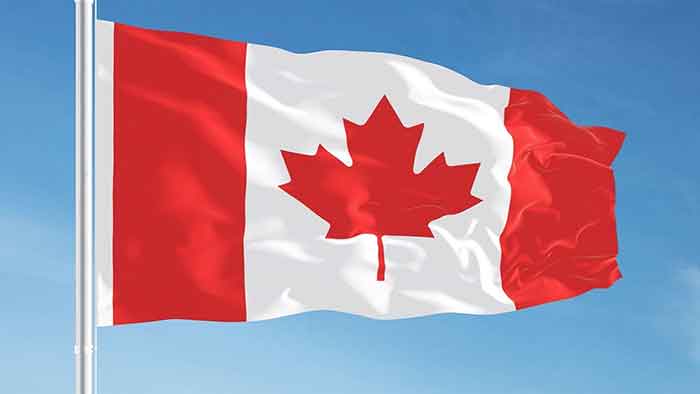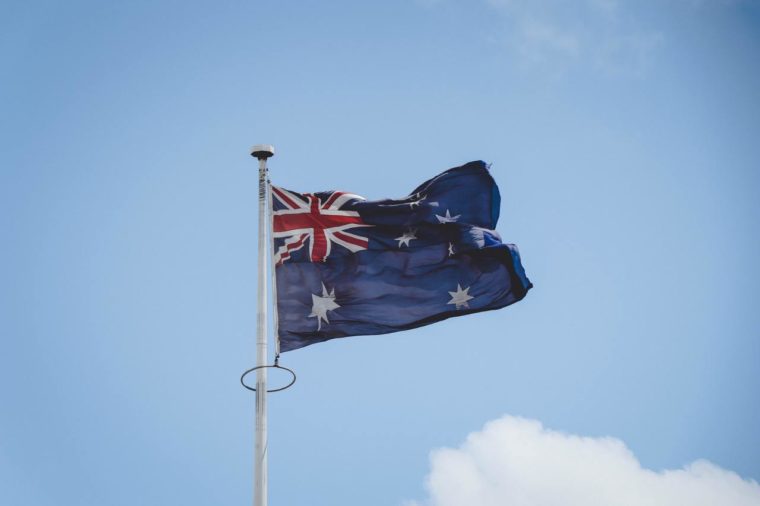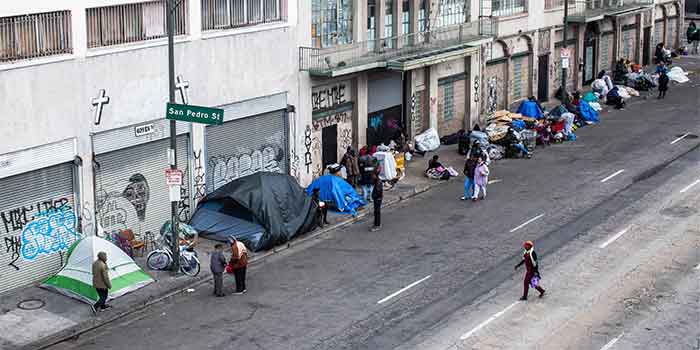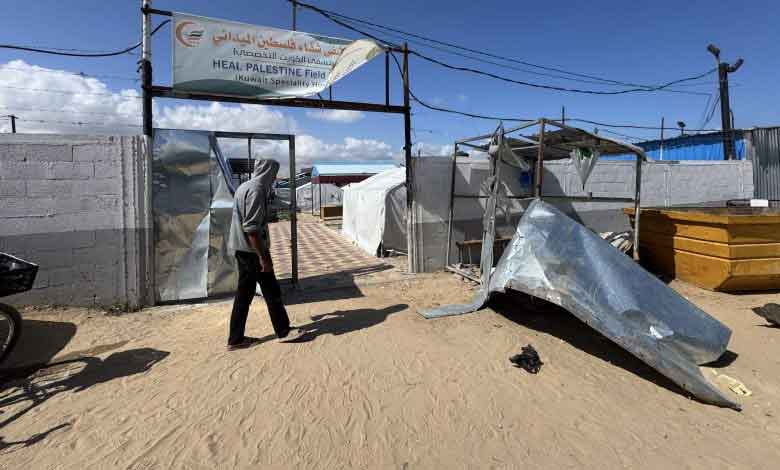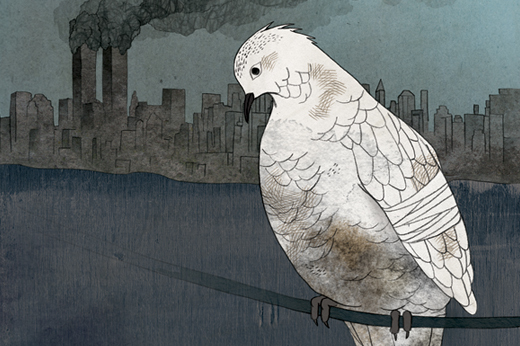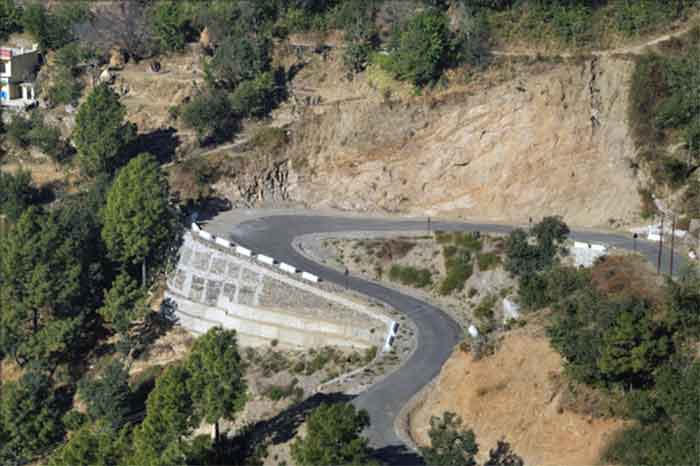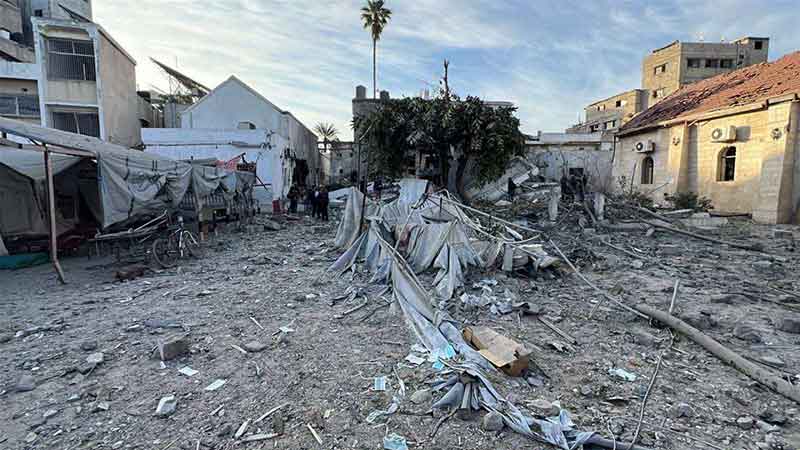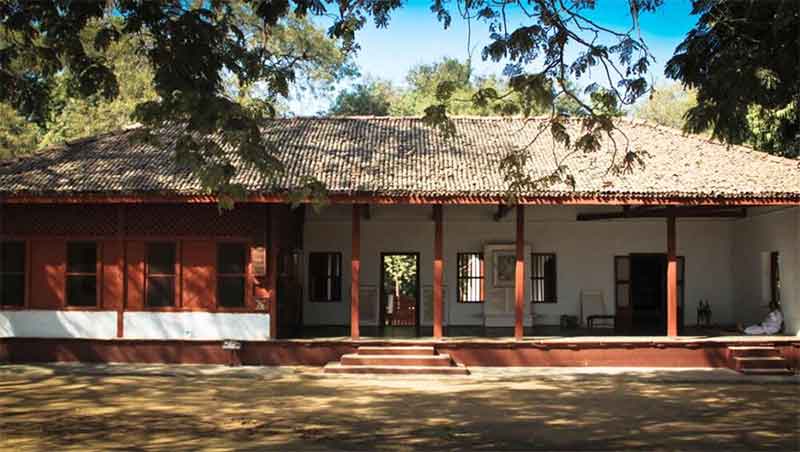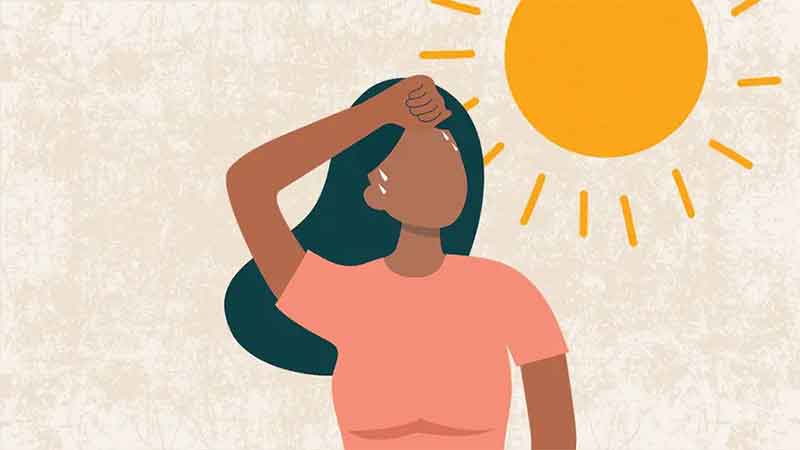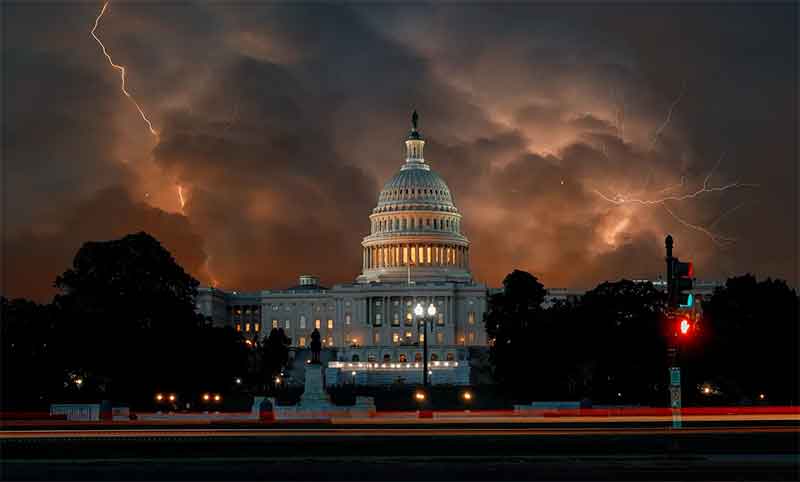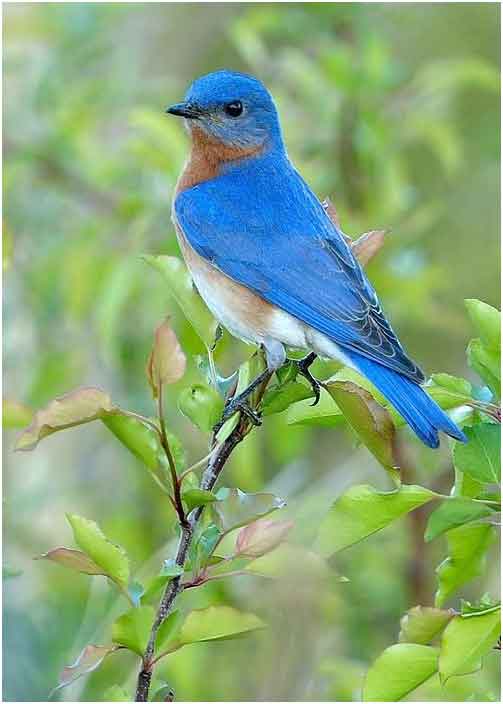
An eastern bluebird perches on a branch, watching the ground
As the bleary summer days are coming to an end, lately I have been thinking a lot about birds and nature in general. Because of the ongoing pandemic due to the coronavirus when all normal activities have been rerouted, we are finding alternatives to live our day, and such thoughts about nature make me happy. Until a vaccine is developed to tame this tiny virus that has been causing colossal damage to human lives, we have to keep on living. Sooner or later this horrific virus will be repressed as such pandemics have ravaged and had caused huge havoc since the beginning of the modern civilization. But as I draft this article at 8 a.m. on a Thursday morning, I feel somewhat forlorn for reasons unknown to me. There has been a shift in my feelings and emotions as the season is about to change. Perhaps it has a lot to do with my looking outside, and not seeing many birds chirping around looking for food. The ending of each season can cause a strong sense of sadness. With the fall season approaching, the brightness of summer mornings is a little paler now. Right this minute, I am feeling sorry for the lone brown sparrow outside my window. I did not leave any food for it because the birdfeeder that I had hung on a tree last summer was left there in the winter as I forgot to put it inside the toolshed. The winter storm broke it into pieces. On the edge of the wood I can see the light colored plywood nest box that I had set up in early April in anticipation of the arrival of Eastern bluebirds.
In the last few years, I have not seen any gracing my backyard or the flower beds in search of food. Then I never gave up hope. I was optimistic that by the end of March, or early April at least a pair will find home in the box for nesting. I have waited eagerly to watch and listen for a male bluebird, on a high branch of my Magnolia tree singing to attract a female bird to mate. About ten years ago, there used to be a lot of chirping of bluebirds, but this spring and summer it has been somewhat quiet.
The Eastern bluebird is the state bird of New York and Missouri. It lives around forest openings, pastures, and fields, as well as backyards. “Eastern Bluebirds can be found in the eastern parts of North and Central America from Southern Canada into the country of Nicaragua. They also dwell on the islands of Cuba and Bermuda. These birds can often be found on tress or fences that border meadows, scanning the clearings for food.”
I have always loved bluebirds as they are voracious insect eaters. As we do not use any pesticides, I used to count on them to keep my flowerbeds free of insects and other garden pests. Over ten years ago, by setting up numerous bird houses for its nemesis (the sparrows), I made sure the bluebirds were not threatened and disturbed by their presence. Seeing a bluebird is a delightful addition among the flowers on a bright summer morning. A male bird displays very vibrant colors; the females are not as bright, somewhat duller in color but beautiful to look at nonetheless. A male is easily identified by its bright blue head and wings. The female sports grayish head and back, and bluish wings. It has rust colored throat, and a white stomach.
“These birds are skilled fliers with incredible vision. They can spot an insect on the ground from 60 feet away. Eastern bluebirds often sing, using their voices to stay in touch with flock members. They also use vocalizations to warn predators to stay away from their small, cup-like nests that are usually built inside old woodpecker holes. Eastern bluebird eggs are pale blue. Most fledglings, or baby birds, leave the nest about three weeks after they hatch, but some stay to help their parents with the next batch of eggs.”
In the beginning of March, I became very anticipative after reading that though the bluebirds were in serious decline in the last few years, they were starting to come back. The resurgence of the Eastern bluebirds was due to the serious conservation efforts and backyard nesting boxes. I became enthusiastic about setting up a nesting house after reading in a report that Eastern bluebird conservation actually began in Maryland. In the early stages of the pandemic, it gave me something else to think about other than reading about coronavirus infection and deaths.
In the spring, when I got the nest house I had a premonition that for sure I will be disappointed. I have eagerly awaited their return until midsummer thinking there is still enough time for breeding and migration as they are very adaptable. I was under the impression that the Eastern bluebirds inhabit in the eastern United States, and sooner or later these migratory birds will find their way home after long months of winter.
All the stores were closed in March due to coronavirus panic. In the beginning of April, I got a flyer in the mail that the neighborhood store Backyard Naturalist is operating in limited capacity. To attract the gardeners, it was offering curbside pick-up hours three afternoons a week. So I ordered one birdhouse over the phone and went to pick it up. It was right about the time when we were getting used to new phrases such as new normal, curbside pickup, contact free delivery etcetera. A store associate brought it outside wrapped in a big brown paper. I opened the car trunk; she placed it there and I drove away like a happy camper.
The new bluebird house that I got, I had placed it at the shady part of the back garden. In the feeders that I set up, I left raisins soaked in water, and birdseeds. In the summer months they feast on beetles, crickets, grasshoppers, and caterpillars. There are no shortages of these in suburban Maryland’s gardens and backyards as the area is swampy and wet. I went overboard by planning even for the cooler months ahead, and stored dry berries and wild fruits. I had kept fresh water in a shallow container and changed it in every few days to attract them. To lure the birds, I also put up a birdbath about ten feet from the nest. I have seen in the hot summer months, around noon time, they take advantage of the birdbath by dipping in, and sitting in a circle on the edge of the round container shaped tub. Eastern bluebirds do love to band together in flocks to forage.
By checking regularly for snakes, raccoons, and house sparrows, I made sure once they came to nest, they will not be eaten up or hunted down by the predators. We do not have flying chipmunks here but squirrels are in abundance year round searching for food. They love to eat the eastern bluebird eggs. But whatever I did, nothing worked. All summer long, I looked into the bird nest for a round belly, long wings, and short legged bird but found none. They do not come anymore. That is the way nature works.
In 1978, Dr. Lawrence Zeleny founded the North American Bluebird Society in Montgomery County (where we live). The society to date has been working towards the preservation of these endangered birds. “They educate, persuade, and enlighten the public in methods that we all can use to help bluebirds.”
But all the conservation efforts have been futile as I have failed to locate a single one this entire spring and late into the summer thinking of a late arrival. Where did they fly to? My feeling is perhaps they all have migrated to California. In July, my niece had sent me a picture of a singular bluebird patiently waiting on a tree branch for its feed to appear below the branch. The popular saying that all birds fly south after the summer months do not really support this statement as far as the Eastern bluebirds go. Bluebirds do fly away from the north because of the type of the food they eat. They fly south and apparently to the west to find their alternate food sources. They used to return home in the spring. But not anymore. It seems that all the Eastern bluebirds flew out to the West Coast and never returned to the East Coast in the last ten years. In all likelihood, the climate change has seriously affected the migration of Eastern bluebirds back in the east. Due to the climate change, temperature is changing and it is affecting birds’ behavior and dynamics. Over there, in the natural terrestrial ecosystem, the bluebirds seemingly have adjusted well to the food and nesting materials. For sure, they have adapted to the climate, parasites and predators for their survival. If the West Coast is home for now, maybe the bluebirds will not face extinction. At least the likelihood enhances one’s mood and makes one happy. There are many grim future predictions around for the species of the universe. But one can hope that the Eastern bluebirds will come back and share the same habitat with us and will accept us around them like before.
Zeenat Khan writes from Maryland, USA
SIGN UP FOR COUNTERCURRENTS DAILY NEWSLETTER









